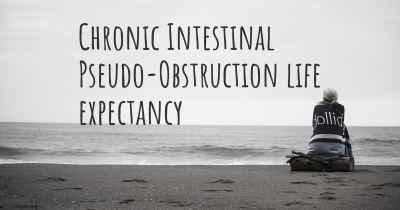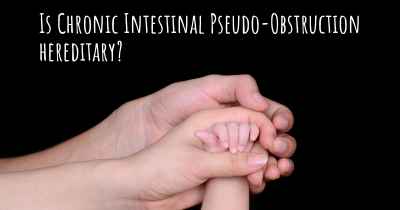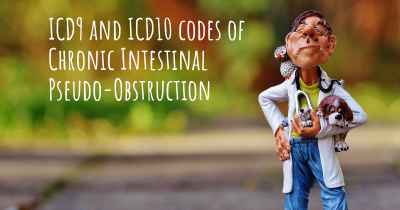17
What is the history of Chronic Intestinal Pseudo-Obstruction?
When was Chronic Intestinal Pseudo-Obstruction discovered? What is the story of this discovery? Was it coincidence or not?

Chronic Intestinal Pseudo-Obstruction (CIPO) is a rare gastrointestinal disorder characterized by impaired movement of the intestines, leading to symptoms similar to a mechanical obstruction. However, unlike a true obstruction, CIPO is caused by abnormalities in the nerves, muscles, or interstitial cells of Cajal (ICC) that regulate intestinal motility. This condition was first described in medical literature in the early 20th century, and since then, significant progress has been made in understanding its etiology, diagnosis, and treatment.
The history of CIPO dates back to 1907 when Sir Arthur Hurst, a British physician, reported a case of a patient with symptoms resembling intestinal obstruction but without any mechanical blockage. He referred to this condition as "chronic idiopathic intestinal pseudo-obstruction." However, it wasn't until the 1950s that further cases were reported, and the term "pseudo-obstruction" gained recognition in the medical community.
In the following decades, researchers began to explore the underlying causes of CIPO. In the 1970s, it was discovered that CIPO could be associated with abnormalities in the enteric nervous system, the network of nerves that controls intestinal motility. This finding led to the recognition of CIPO as a neurogenic disorder. Subsequent studies revealed that CIPO could also result from abnormalities in the smooth muscle cells or ICC, which play a crucial role in coordinating intestinal contractions.
Advancements in diagnostic techniques have played a significant role in understanding CIPO. In the 1980s, the development of manometry, a procedure that measures the pressure inside the intestines, allowed for more accurate diagnosis of CIPO. Manometry revealed abnormal patterns of intestinal contractions in patients with CIPO, confirming the presence of a motility disorder.
Over the years, researchers have identified various genetic mutations associated with CIPO. In the late 1990s, a mutation in the ACTG2 gene, which encodes a protein involved in smooth muscle contraction, was found to be linked to CIPO. This discovery provided valuable insights into the molecular mechanisms underlying the disorder.
Treatment options for CIPO have evolved significantly over time. In the early years, management primarily focused on relieving symptoms and preventing complications. This involved dietary modifications, medications to promote bowel movements, and surgical interventions to bypass or remove affected segments of the intestine. However, these approaches often provided only temporary relief and did not address the underlying cause of the disorder.
In recent years, there have been significant advancements in the understanding and treatment of CIPO. The development of targeted therapies, such as prokinetic agents that enhance intestinal motility, has shown promise in improving symptoms and quality of life for patients with CIPO. Additionally, surgical techniques, such as intestinal transplantation, have emerged as potential options for severe cases of CIPO that are unresponsive to other treatments.
Despite these advancements, CIPO remains a challenging condition to manage. Its rarity and complexity make it difficult to conduct large-scale clinical trials and develop standardized treatment guidelines. However, ongoing research efforts continue to shed light on the underlying mechanisms of CIPO and explore novel therapeutic approaches.
In conclusion, the history of Chronic Intestinal Pseudo-Obstruction spans over a century, from its initial description as a mysterious condition to the current understanding of its neurogenic and myogenic origins. Advances in diagnostic techniques, genetic research, and treatment options have significantly improved the management of CIPO. However, further research is needed to unravel the complexities of this disorder and develop more effective interventions for affected individuals.
Diseasemaps








